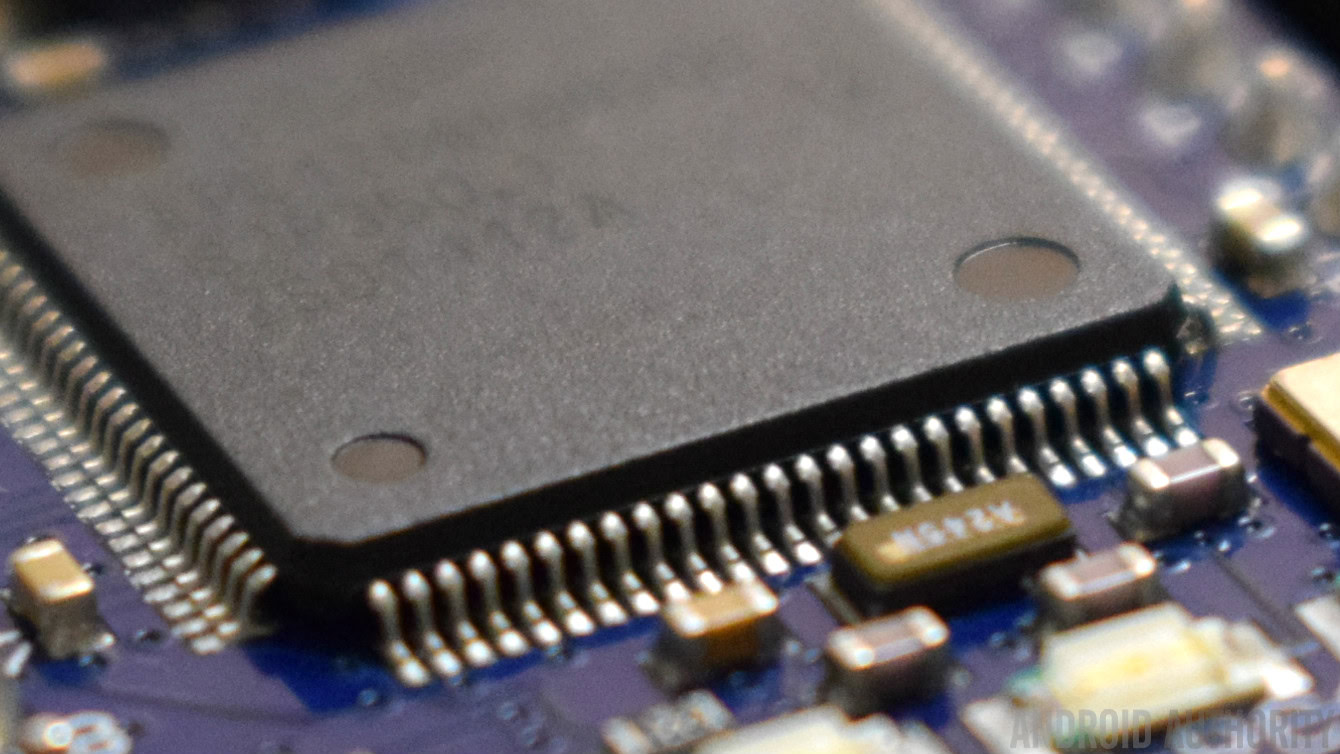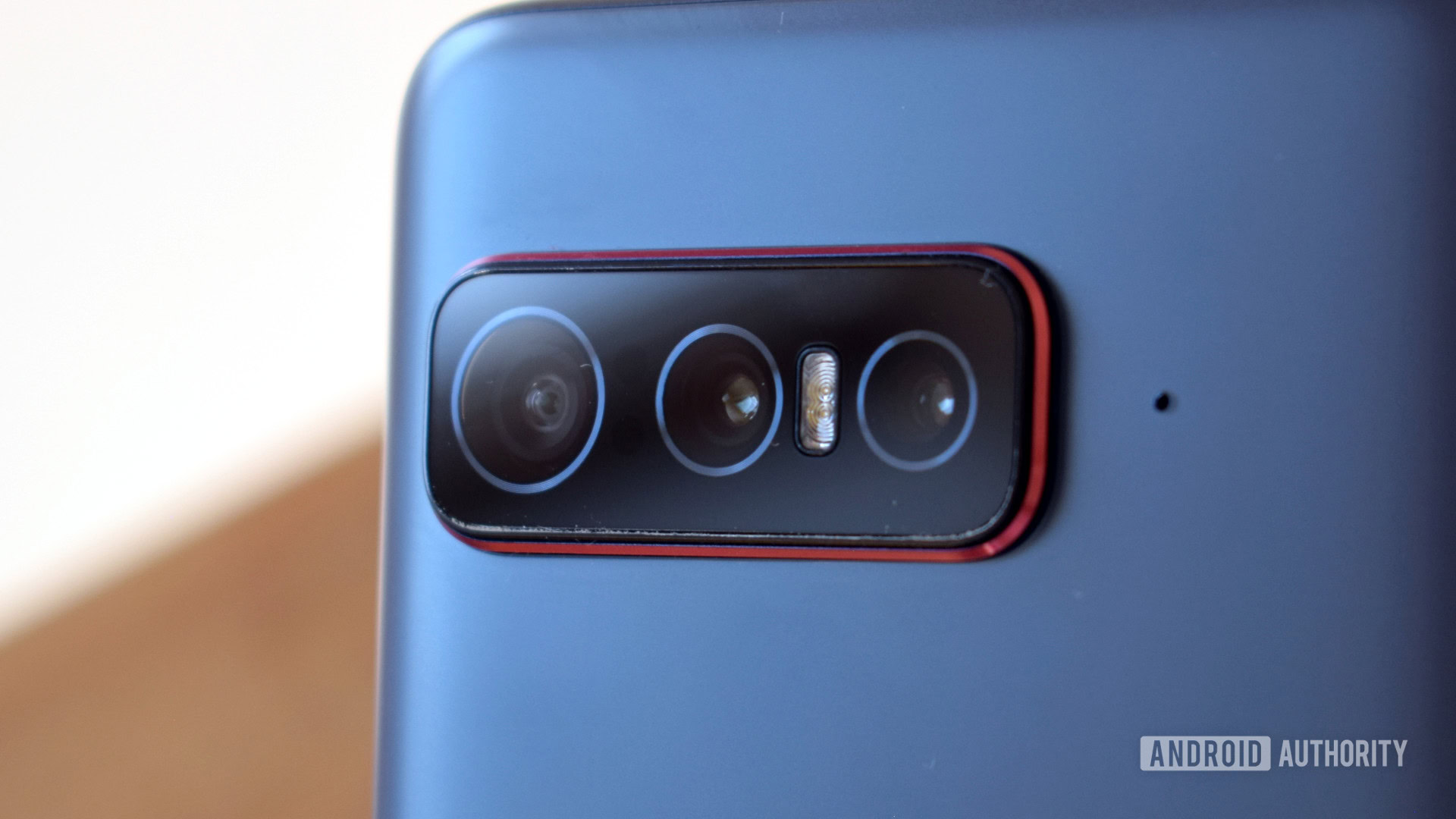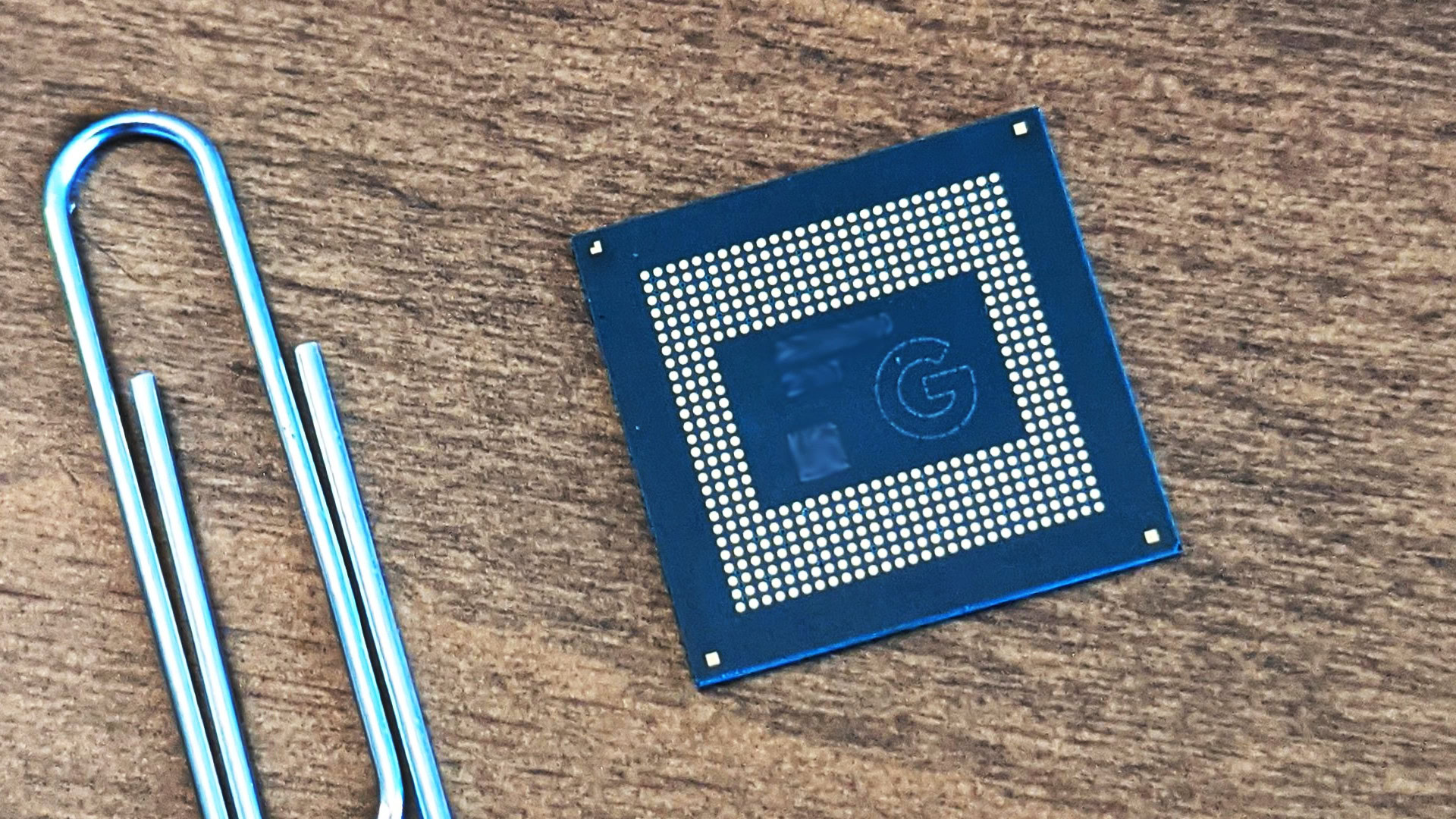Affiliate links on Android Authority may earn us a commission. Learn more.
Why do so many hyped mobile processor features go unused?

If there’s one thing that helps refresh my smartphone excitement meter every year, it’s a new system on a chip (SoC). As the brain of your smartphone, new SoC features can revolutionize the way you use your handset, from the introduction of multiple cameras and machine learning smarts to 5G networking and better gaming frame rates. Plus much more, of course.
However, many promised SoC features — even those that are now several years old — are yet to make their way to consumer handsets. There are a few reasons for this, such as manufacturer priorities and the need for wider market adoption, but either way, recent smartphone chipsets have seldom lived up to their full potential. This is obviously something to consider when mulling over a potential purchase and when following chipset hype more generally.
Features I wished we’d seen

There’s quite a long list of potential features we’re yet to see, so let’s narrow it down to a few of the more promising-sounding ones from recent years.
Photography and video features have been a regular area of ups and downs. For example, 2020’s Qualcomm Snapdragon 888 promised simultaneous capture from several cameras, 4K capture from two or more cameras, and unlimited 960fps video. While one or two phones may have experimented with these features, they were far from the mainstays of 2021’s flagship smartphone market. Qualcomm has pointed out to us that there’s no cost barrier to implementing its showcase SoC features — it’s up to product partners to choose to implement them. It’s worth noting that camera hardware and software applications have to be built with these features in mind. However, even its own Smartphone for Snapdragon Insiders failed to maximize the potential of the company’s camera suite.
Check out: 2021 smartphone mega shootout: The year’s best camera phones tested
Similarly, AV1 video decoding was absent from Samsung’s Galaxy S21 series, despite support in Samsung’s Exynos 2100 chipset, to keep product parity with Qualcomm. We saw similar compromises with Galaxy S10 8K video recording, with the Exynos 9820 offering support ahead of Qualcomm’s Snapdragon 855 — although 8K video is not much more widely supported in the flagship space.
You might also remember the MediaTek Dimensity 1200’s software ray tracing and 168Hz display support that are yet to be found in a mainstream smartphone. Then there are GPU driver updates and game optimizations via Google Play, a Qualcomm idea unveiled in 2019 — another awesome feature, in principle. However, the tangible benefits are yet to be felt for most consumers and the list of supported devices remains woefully thin on the ground. These examples are clearly a case of lower-priority features for product manufacturers, as they offer minimal differentiation for consumers, at least at the moment.
Manufacturers seldom leverage the absolute best SoC capabilities available, making it harder to feel excited about next-gen possibilities.
Then there are examples of technology that requires additional product support, such as in accessories. The long-awaited arrival of aptX Adaptive and Bluetooth LE Audio are examples where we’re still waiting for headphones and speakers to fill in the missing pieces. Similarly, we could say the same thing about Wi-Fi 6E routers and mobile games that make use of the latest and greatest rendering techniques. So we can’t always blame the manufacturers for features we can’t use — sometimes early support is essential to encourage broader adoption.
Even so, there’s an ever-growing list of SoC-powered features that we’ve heard plenty about but have never actually laid hands on. And that’s without mentioning the countless augmented reality, 5G, and other emerging use cases hype trains that have come and gone over the past few years. With few of the best SoC features being used widely, it’s becoming harder and harder to feel excited about next-gen possibilities. I’d certainly like to see far more manufacturers embrace the latest and greatest SoC capabilities on offer, as it would certainly help reinvigorate the flagship and mid-tiers of the industry.
Not every feature is a winner

Of course, not every SoC feature is destined to revolutionize the way we use our phones. The more steady march of enhancements is still a welcome one and we’ve certainly seen plenty of examples of this in recent years. Gradual improving image quality, machine learning enhancements, and gaming performance have definitely made recent smartphones more capable and powerful than ever before, even if we’ve not quite seen devices push the boundaries in every direction at once.
For instance, leveraging the Snapdragon 888’s AI zoom capabilities and simultaneous multi-camera recording saw the Xiaomi Mi 11 Ultra go beyond the features you find in other smartphone camera packages. And, of course, gaming phones like the ASUS ROG Phone 5 offer optimized performance modes, stereo audio, a high-end DAC, and fast charging features you won’t necessarily find on many other phones. Sadly though, we’re yet to see a phone that combines all this, and more, into a single package.
Read more: The best Android phones
Despite not maximizing existing SoC capabilities, product manufacturers are increasingly turning to custom hardware for product differentiation. Case in point, the Google Tensor SoC inside the Pixel 6 series might not have all the bells, whistles, or even peak potential of its latest rivals. However, it is built to power some quite specific use cases and Google is leveraging those to create some unique experiences with its latest smartphones. Features like Magic Eraser and real-time on-device voice dictation are powerful and impressive new features with tangible benefits. Likewise, Chinese OEMs OPPO, vivo, and Xiaomi have developed custom image signal processors in the pursuit of industry-leading imaging capabilities and features.
I'm eager to see what's coming with next-gen SoCs, but recent launches have tempered my expectations.
Turning to next-gen SoCs, such as the Snapdragon 8 Gen 1 and Dimensity 9000, there’s clearly more potential than ever before thanks to improved performance, AI, and imaging smarts in particular. I’m eager to see what manufacturers can do with next-gen SoCs but recent launches and trends towards custom hardware have tempered my expectations for 2022’s flagship launches. The technology is already there, it’s just up to manufacturers to integrate these features into compelling use cases for flagship and other less expensive smartphones. Hopefully, we’ll all be pleasantly surprised.